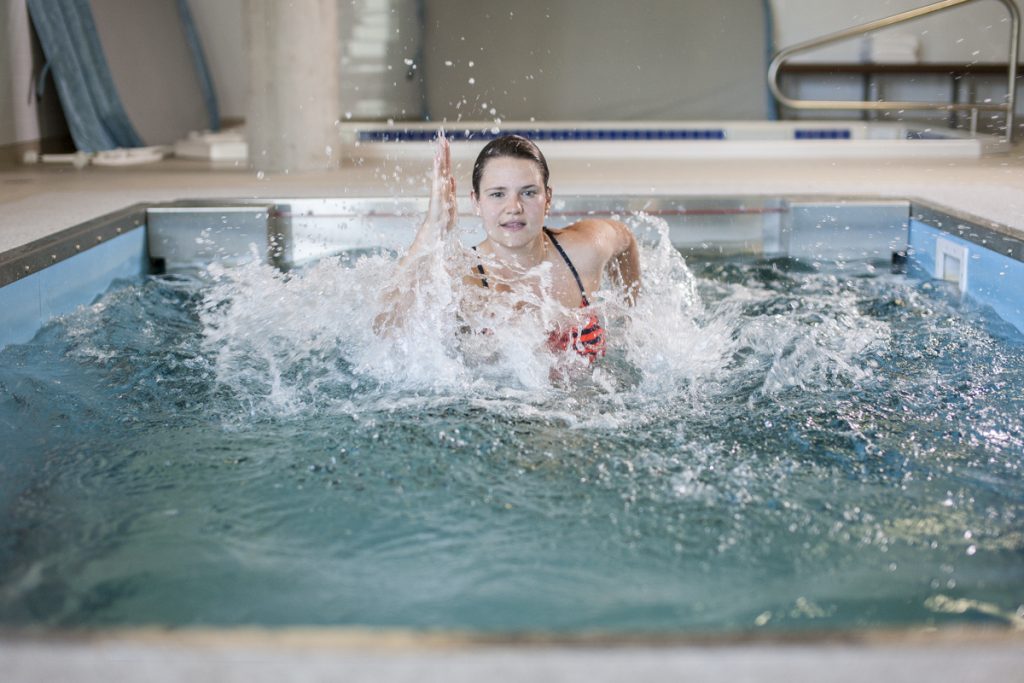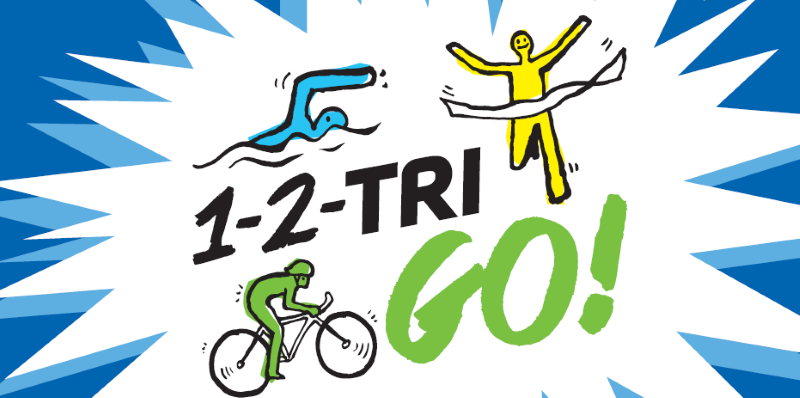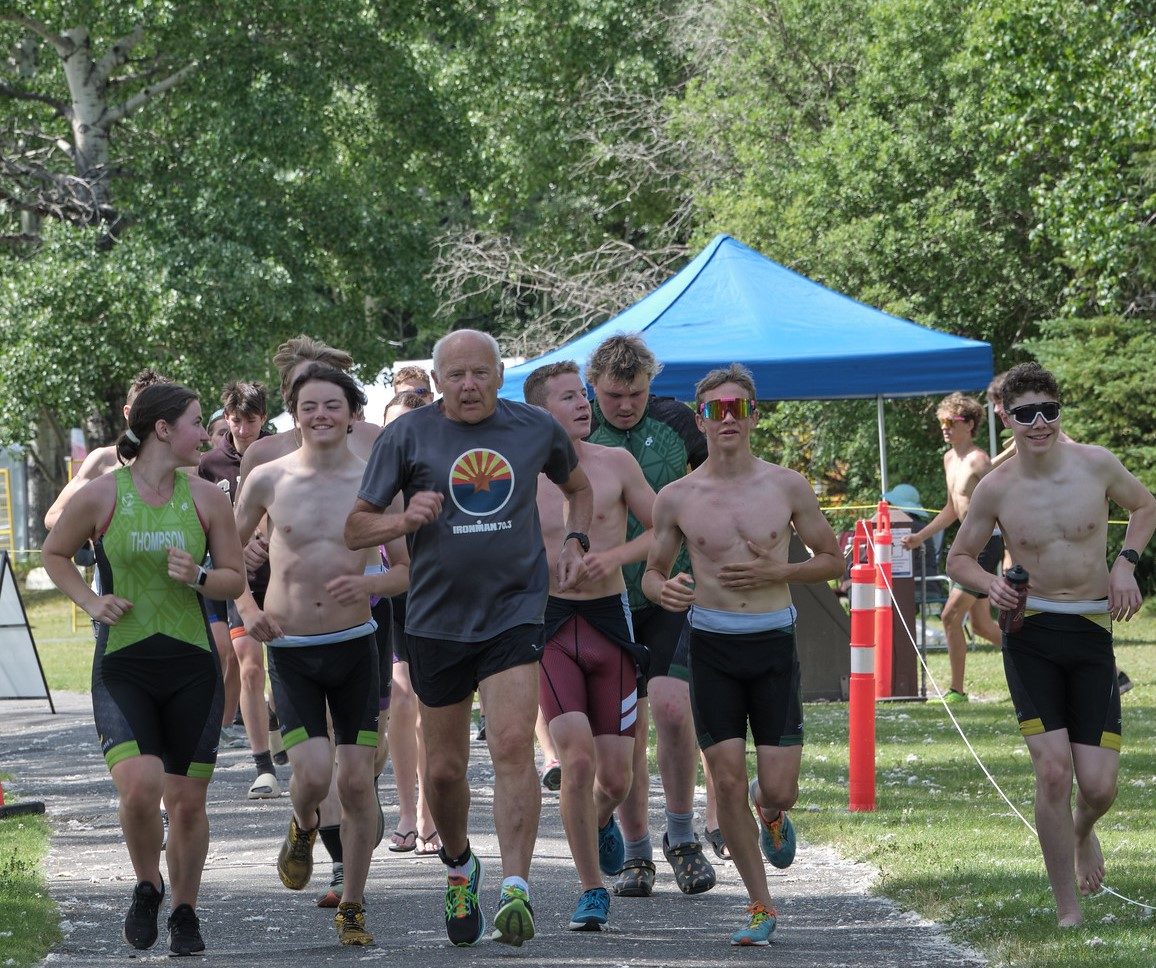by Erin Bussin, Hydrotherapy Lead
Hydrotherapy is often overlooked in the rehabilitation process because of the lack of facilities and professionals offering instructed services and guidance in most communities. That said, many premier soccer, NBA, NFL, CFL, and NHL teams all own hydrotherapy pools in order to provide the best rehabilitation possible for their athletes.
At Fortius, hydrotherapy in our Hydroworx underwater treadmill is integrated into ACL rehabilitation for clients of all ages and skill levels to optimize their recovery.
Why include a pool in your ACL rehab like NBA star Paul George has?
Using the laws of physics and the body of current scientific literature, and in accordance with Fowler Kennedy Sports Medicine’ robust ACL protocol booklet (the gold standard for ACL rehab)1, here are three reasons to include pool exercise throughout the rehabilitation progression and ensure a speedy and effective recovery.
1. You will feel better: less pain, less swelling and more range of motion
A systematic review and meta-analysis pooled all the research studies on early aquatic therapy after orthopedic surgery. The study concluded that in the early stages of rehabilitation, patients that used aquatic therapy had significantly better improvements in edema (swelling) and activities of daily living when compared to land therapy.2
Restoring knee joint range of motion is usually one of the first goals a patient will be given to allow for an optimal recovery. When submerged to chest level in water, the hydrostatic pressure of the water (the pressure the water exerts on an object — in this case, the body) is greater than the diastolic blood pressure. This creates a shift in the fluid associated with swelling away from the knee towards the heart. With less edema (swelling), the knee joint may glide more easily and range of motion can be restored.
Being immersed in water also desensitizes the pain in the injured area, which can also result in greater joint range of motion.3
Being able to move pain free with more joint fluidity following surgery can have a positive effect mentally and helps generate an optimistic mindset throughout the rehab process.
2. Train sooner: Spend more time practicing more complex moving patterns and running
Due to the buoyant forces of the water, exercise and movement patterns can start weeks to months earlier in the pool when compared to land.
As soon as you are ready to enter the pool, we can start to re-establish normal walking mechanics. At this time, you can also start working on other movements that you haven’t been able to do on land yet (step ups, squats, lunges, etc.).
Being able to introduce movements sooner improves motor control, motor patterns and movement quality which reduces the risk of re-injury.4,5
Running on land can create forces around 2.8 – 3.0x your bodyweight or in some extreme cases, as great as 6 times.7,8 Water decreases impact and rate of force development. In the underwater treadmill you are able to run at only approximately 0.8 – 1.0x your bodyweight which reduces the stress on the muscles, tendons and other tissues in your body.9
In short, this means you can start to run in our underwater treadmill four to eight weeks before you can initiate running on land. At this time, the training focuses will be running mechanics and cardiovascular fitness.
Accelerating the motor relearning process will maximize functional performance and provide high quality movement foundation for the later stages in the rehabilitation process.5 Building cardiovascular fitness sooner can improve running performance and better prepare you for the return to sport.5,6
3. Train smart: Maximize your load management
In addition to running, you can also start to engage in jumping several weeks sooner than on land. A study that put force plates underwater found that jumping on land is approximately 2.38x body weight on land versus 0.88 – 1.31x body weight in water.10 This study found that muscles were still able to generate the same upwards maximal force as on land with a reduced impact.10
The literature has noted that a plyometric workout in the water results in a larger gain in vertical jump when compared to the same program on land.11,12 The early neuromuscular adaptation associated with jumping is important to providing dynamic stability to the joint – a key priority during ACL rehabilitation.4,5
One of the biggest takeaways is that pool-based training can allow for higher training volumes at less load with performance benefits. Proper load progression as part of a structured program is essential to ensure that optimal adaptation occurs within the most suitable time frame.
Hydrotherapy maximizes the benefits associated with exercise while optimizing the recovery benefits of the water. It will make your body and mind feel better, allow you to run sooner, and better prepare you for the late-stage exercises progressions in your return to sport, activity, and life.
Triathlon BC members can save up to 25% off select performance analyses, services and lodge accommodations at Fortius Sport & Health. REDEEM HERE. Use code TriFortius2020.
Visit the Fortius website to learn more or call Fortius at 604.292.2500 to ask how their underwater treadmill can help you recover from an injury, surgery, chronic pain, work within your performance goals or aid in recovery.
References:
- Fowler Kennedy (2015, November). Physiotherapy following ACL Construction Protocol. Retrieved from http://fowlerkennedy.com/wp-content/uploads/2015/11/PHYSIOTHERAPY-FOLLOWING-ACL-RECONSTRUCTION-PROTOCOL-November-2015.pdf
- Villalta, E., Peiris, C. “Early Aquatic Physical Therapy Improves Function and Does Not Increase Risk of Wound-Related Adverse Events for Adults After Orthopedic Surgery: A Systematic Review and Meta-Analysis”. American Congress of Rehabilitation Medicine. (2013)94:138-148
- Stolberg, A., Frenk, H. “Development of water-immersion produced analgesia”. Dev Psychobiology. (1995)38:247-255
- Groom, D., Page, E., Nicholas-Larsen, D. “Neuroplasticity associated with anterior cruciate ligament reconstruction”. Journal Orthopedic Sports Physical Therapy. (2017)47:190-189
- Buckthorpe, M., Pirotti, E., Villa, F. “Benefits and Use of Aquatic Therapy during Rehabilitation after ACL reconstruction – a clinical commentary”. The international Journal of Sports Physical Therapy. (2019)14:978-993
- Burns, L., Lauder, T. “Deep water running: an effective non-weight bearing exercise for maintenance of land-based running performance”. Mil Med. (2001) 166:253-258
- Held, N., Maclean, M., Warburton, D. “Biomechcnical Alterations during Aquatic Treadmill Running”. Health and Fitness Journal of Canada. (2018)11:66-77
- Miller, D. “Ground reaction forces in distance running”. Biomechanics of distance running. (1900)203-224
- Haupenthal, A., Ruschel, C., Hubert, M., de Brito Fontana, H., Roesler, H. “Loading forces in shallow water running at two levels of immersion”. Journal of Rehabilitation Medicine (2010)43:664-669
- Triplett, T., Colado, J., Benavent, J., Alakhdar, Y., Madera, J., Gonzales, L., Tella, V. “Concentric and Impact Forces of Single-Leg Jumps in an Aquatic Environment versus Land”. American College of Sports Medicine
- Martel, M., Harmer, M., Logan, J., Parker, C. “Aquatic plyometric training increases vertical jump in female volleyball players.” Med Sci Sports Exercise. (2005)37:1814-1819
- Miller, M., Beery, D., Bullard, S., Gliders, R. “Comparison of land-based and aquatic based plyometric programs during an 8-week training period. Journal of Sports Rehabilitation (2002)11:263-283




